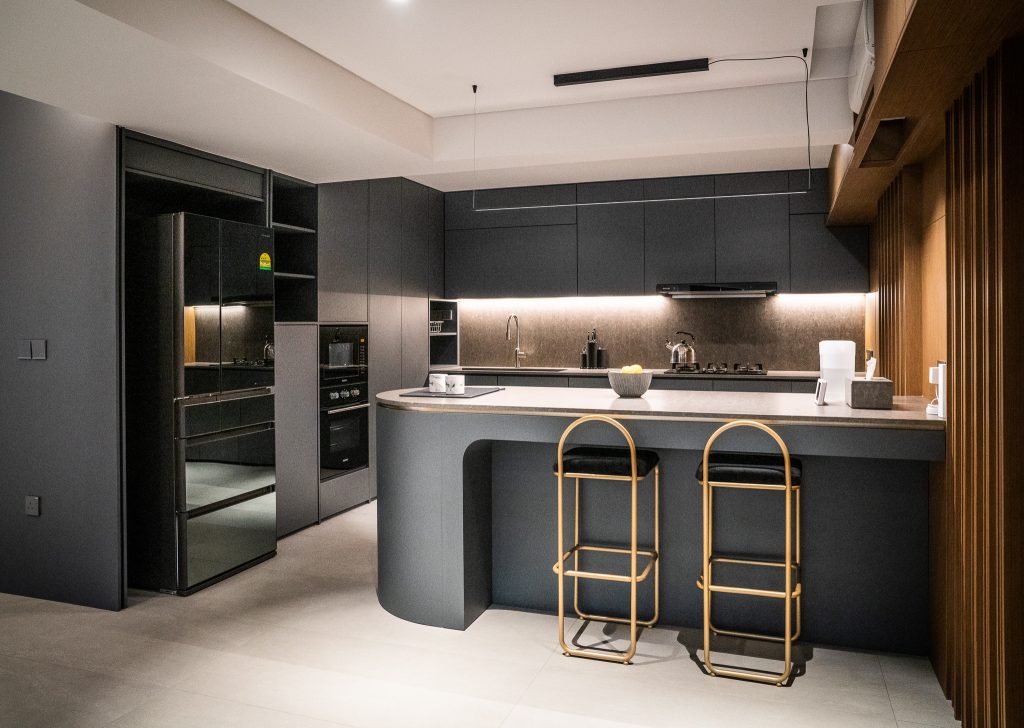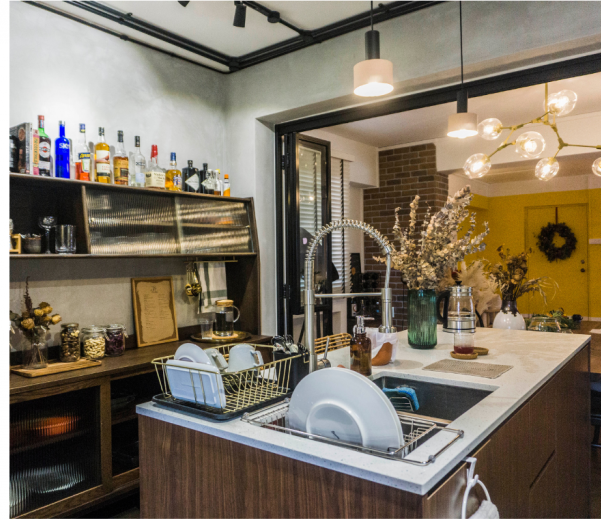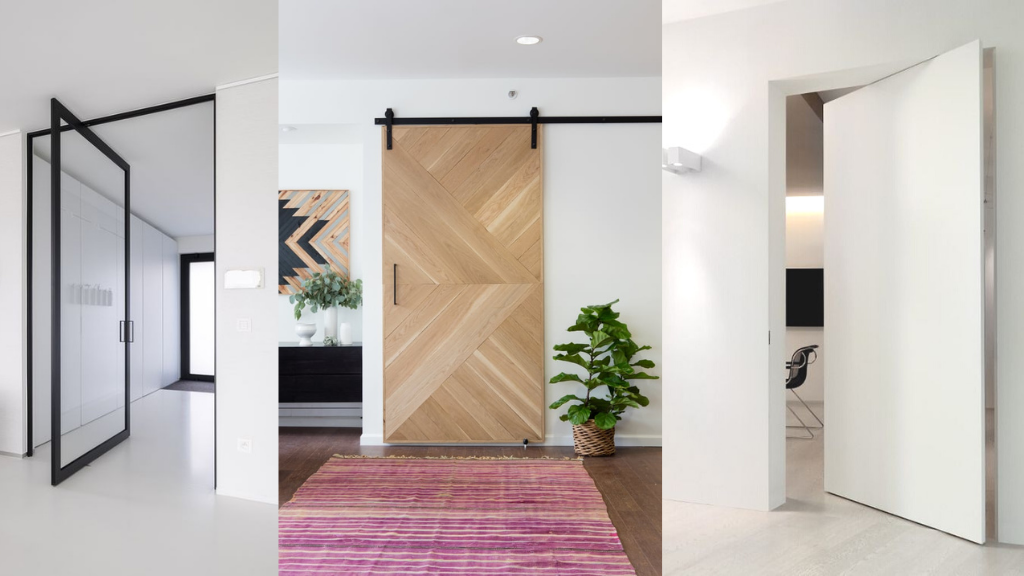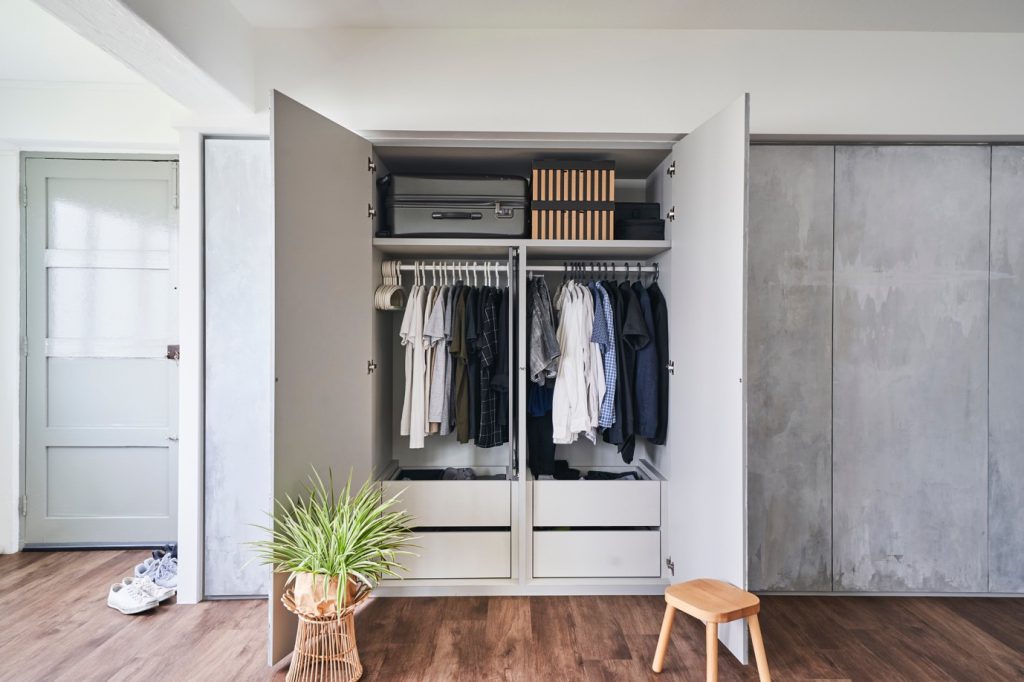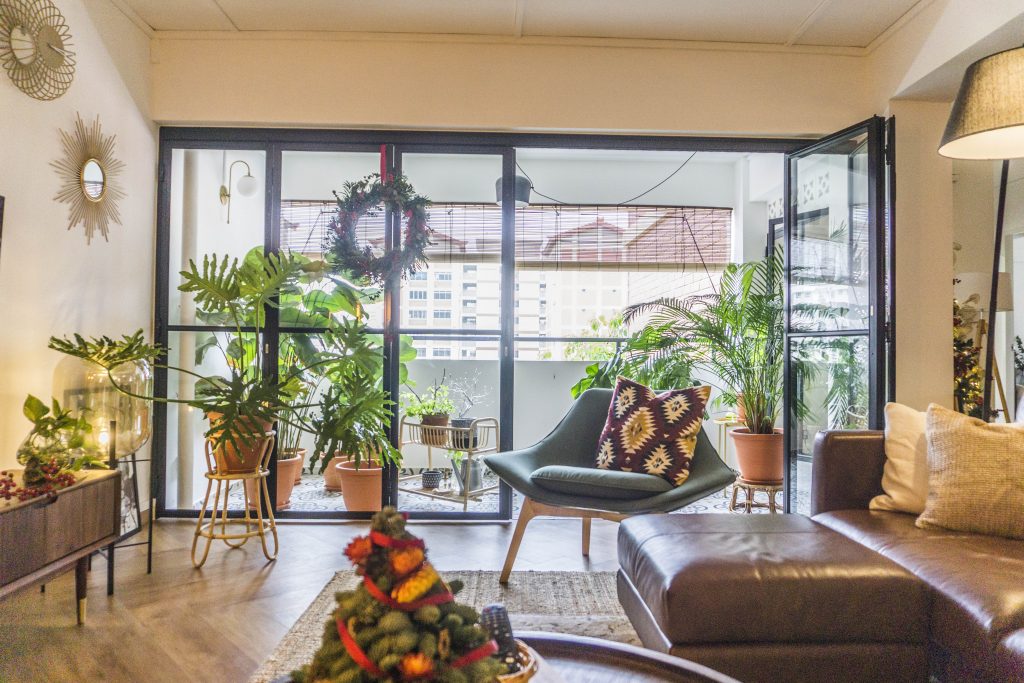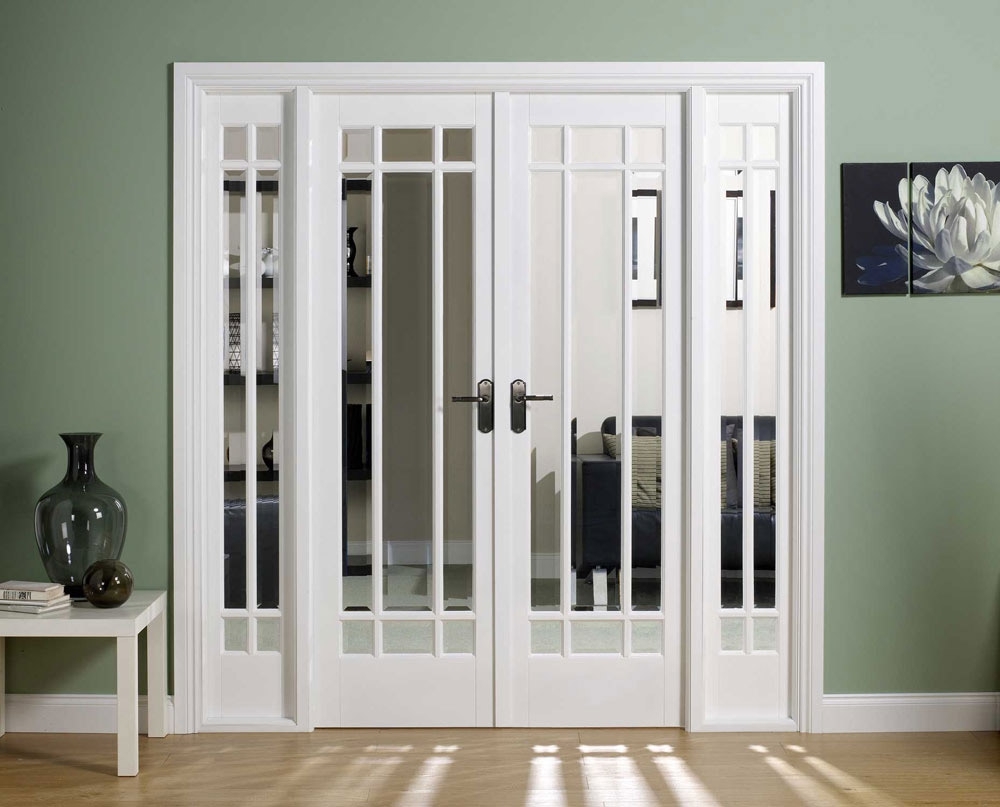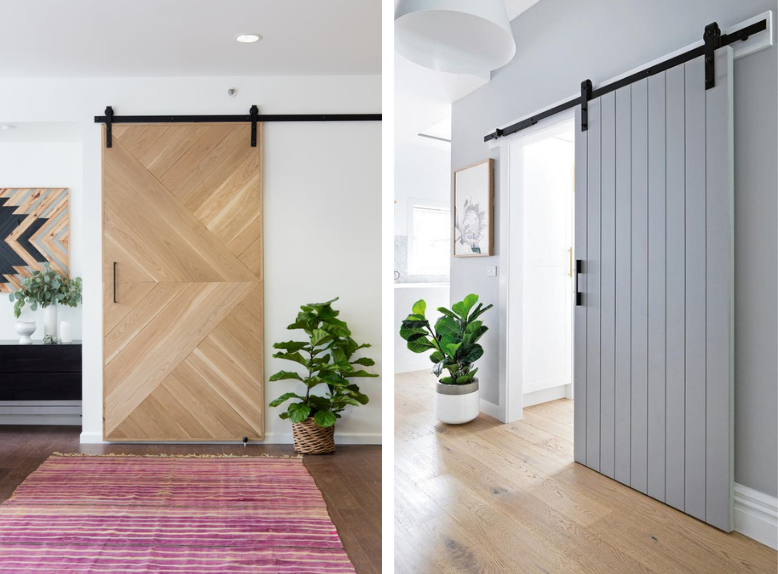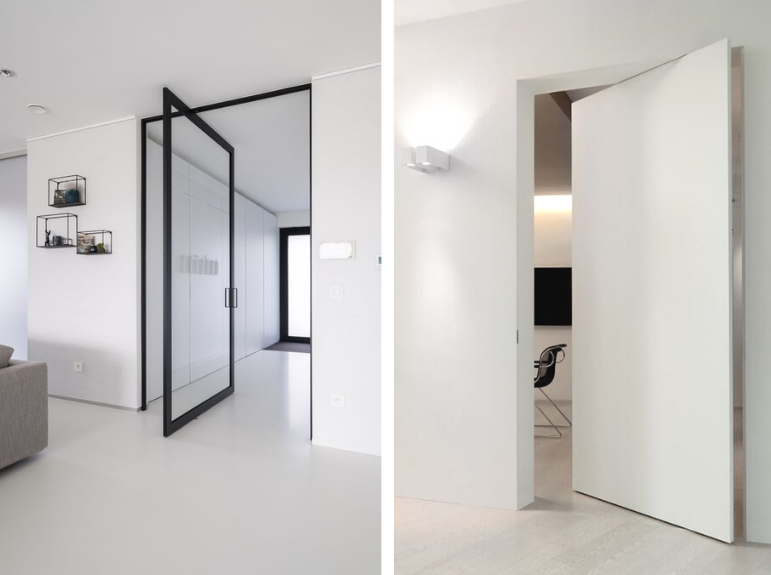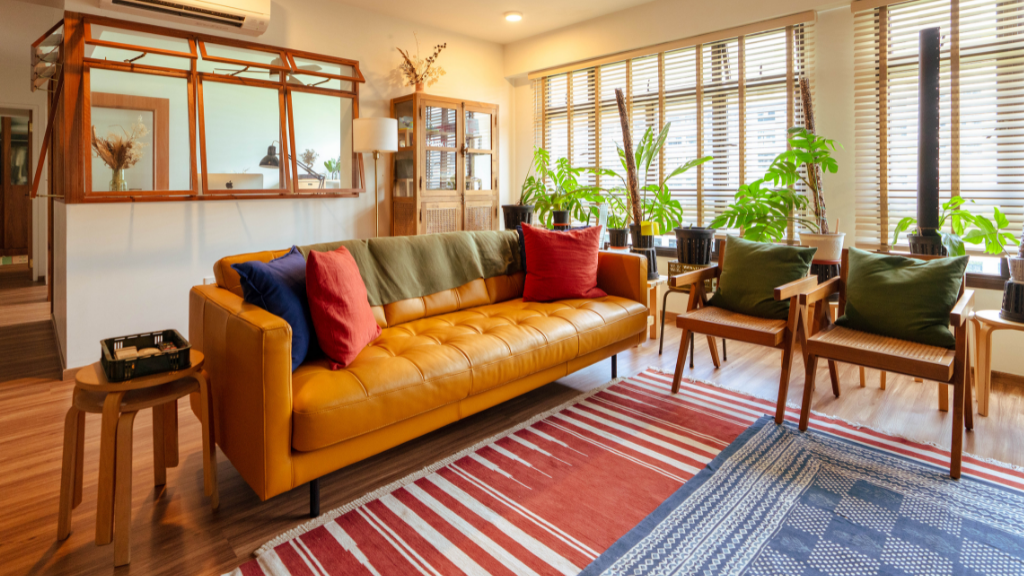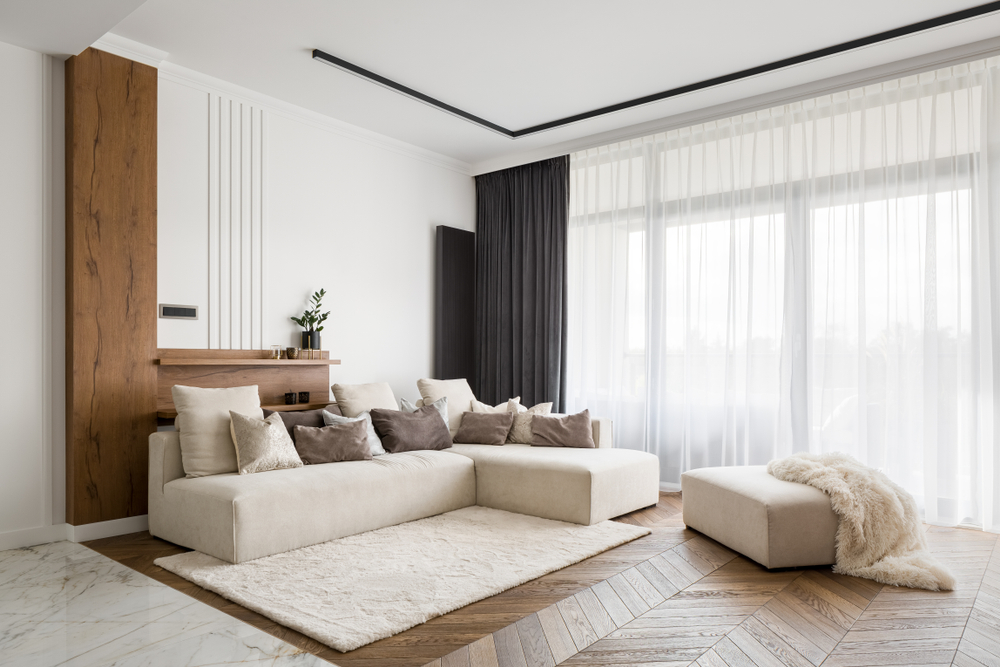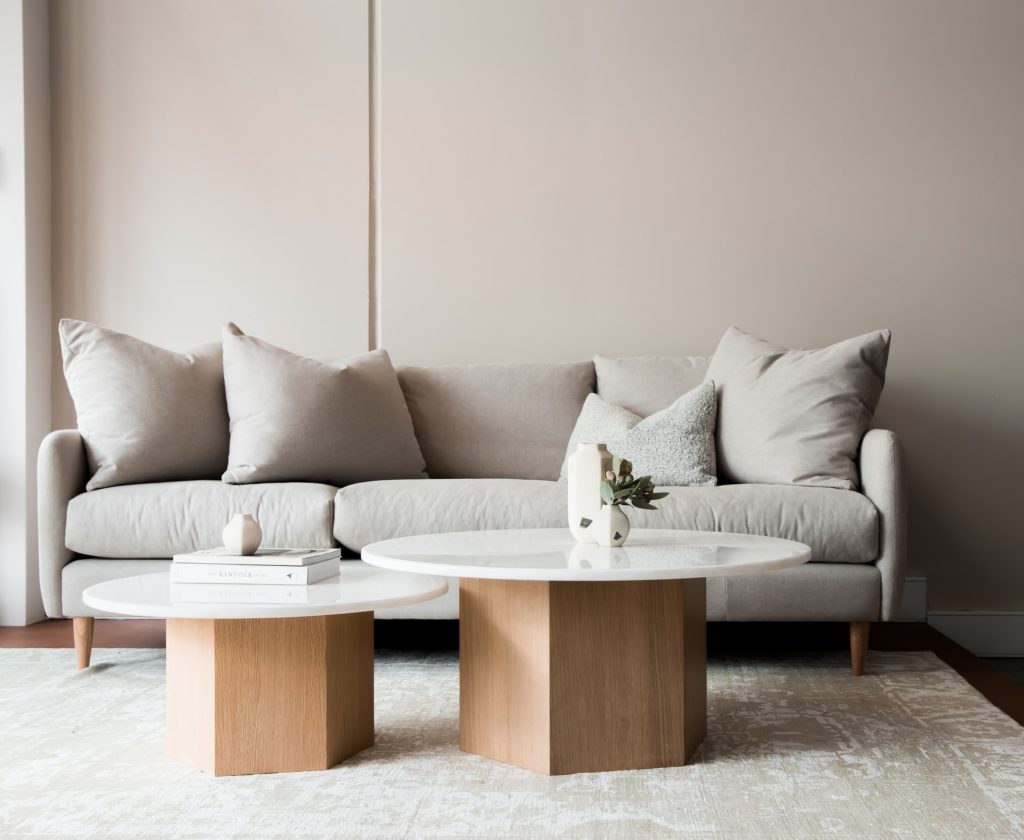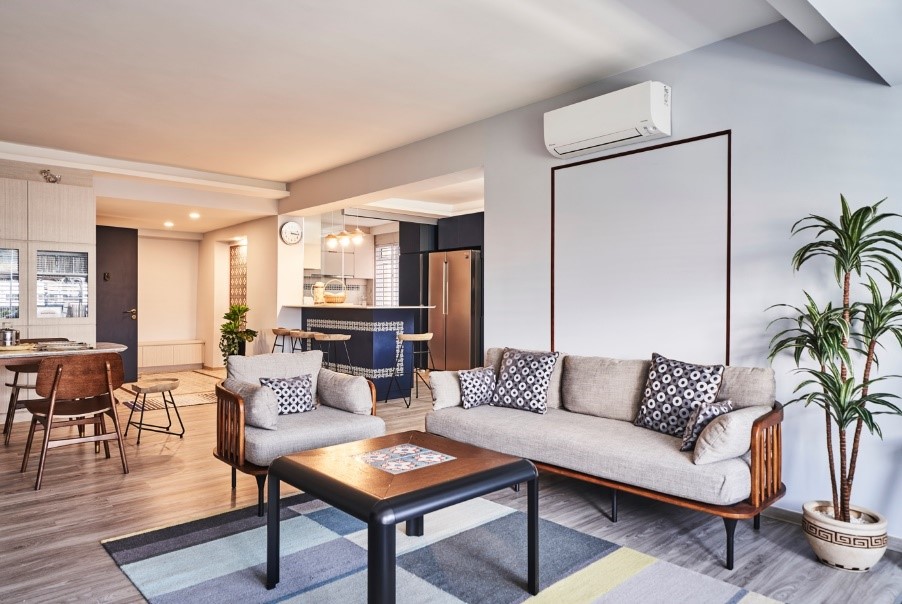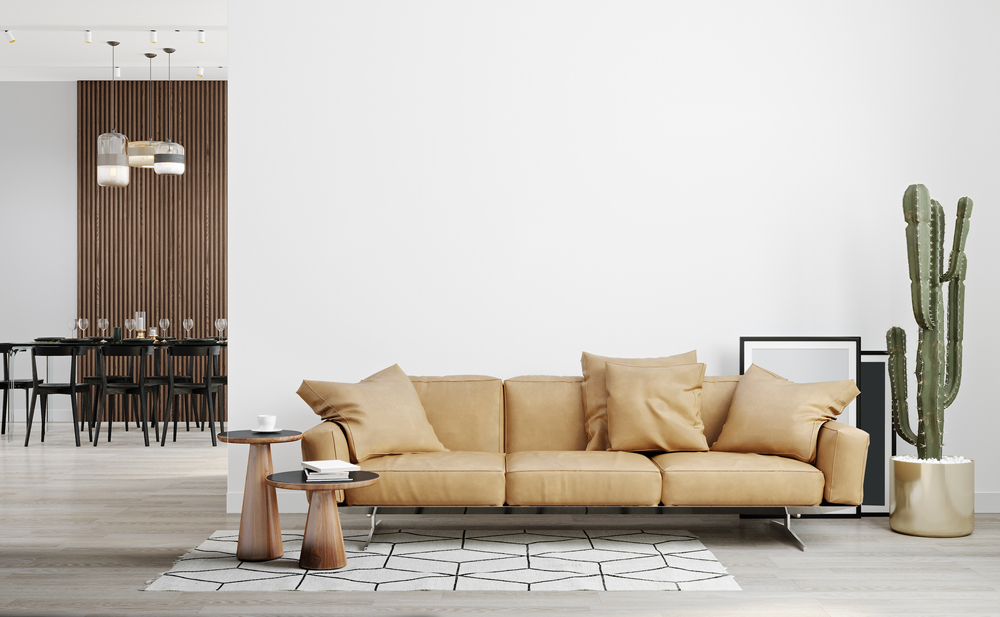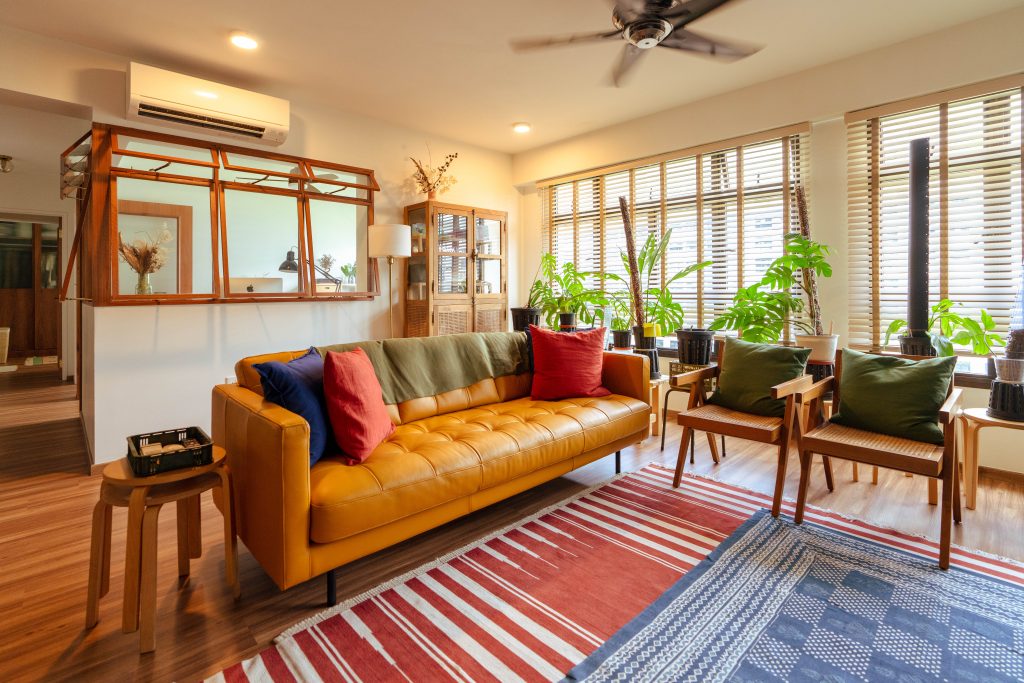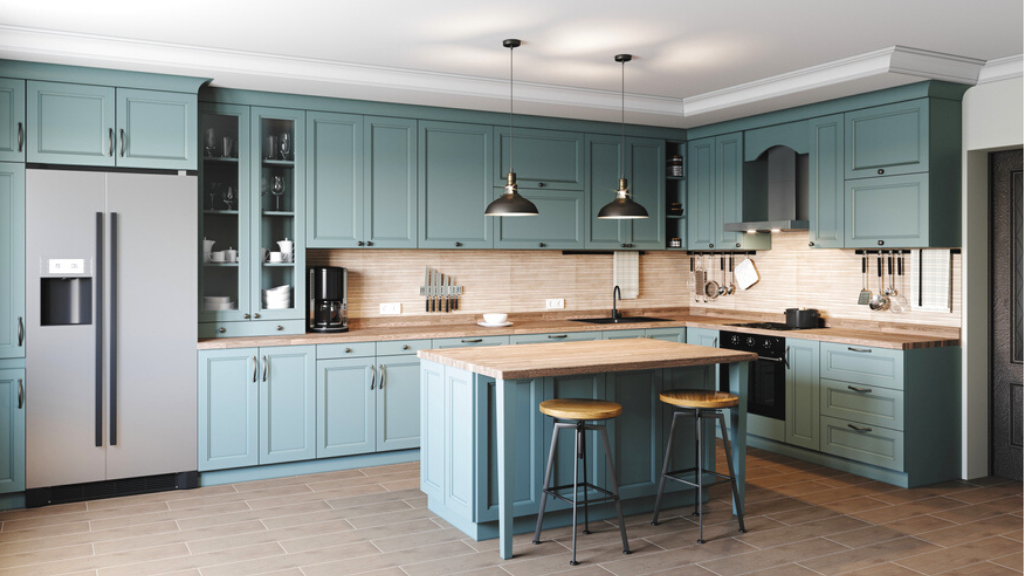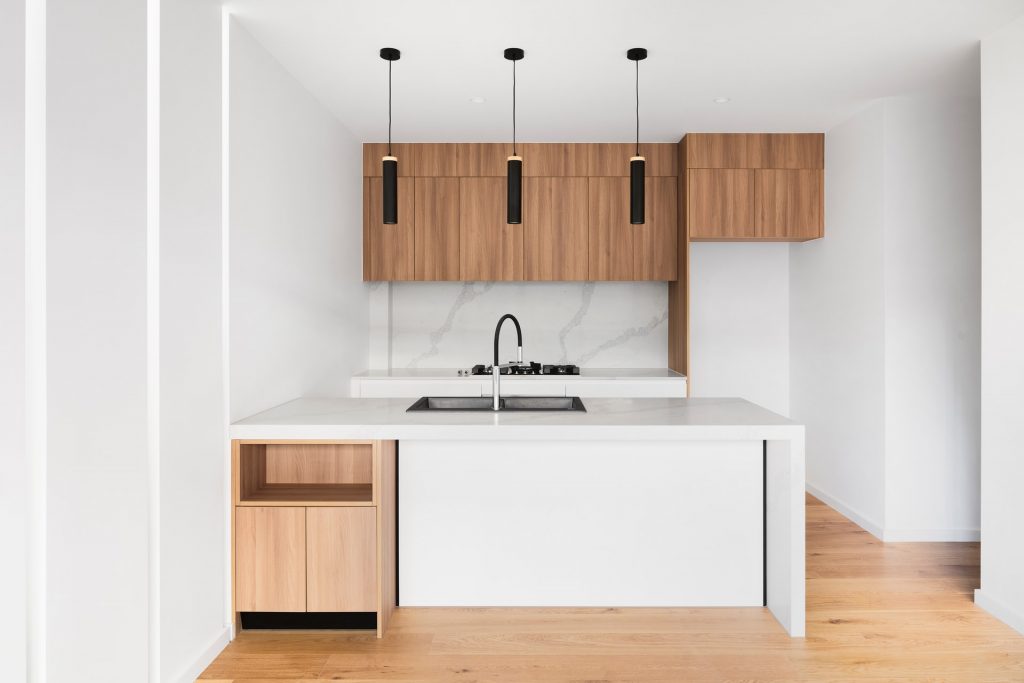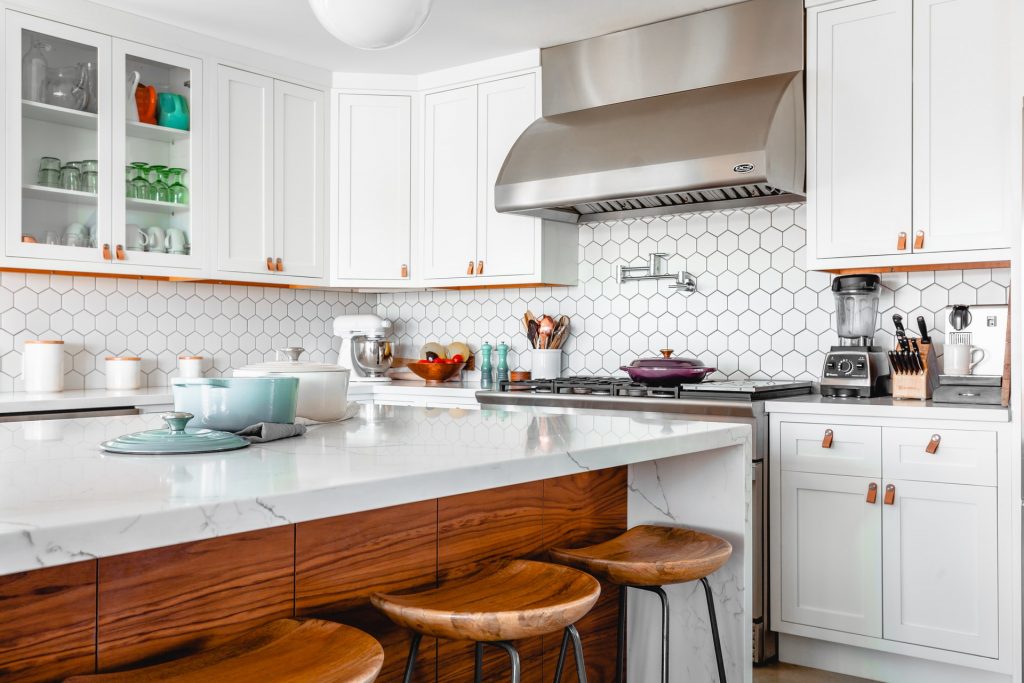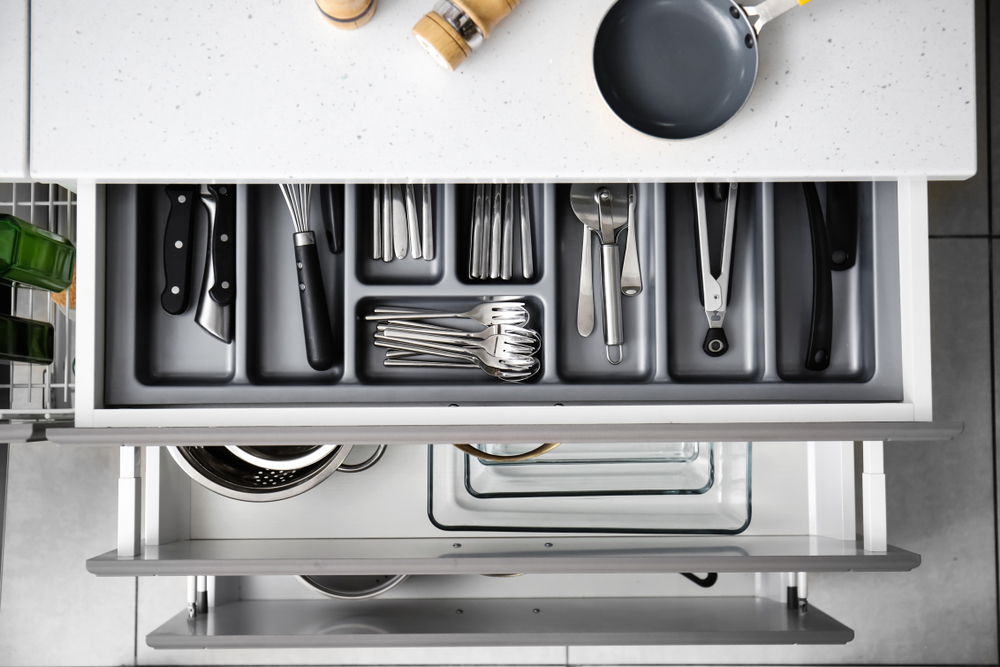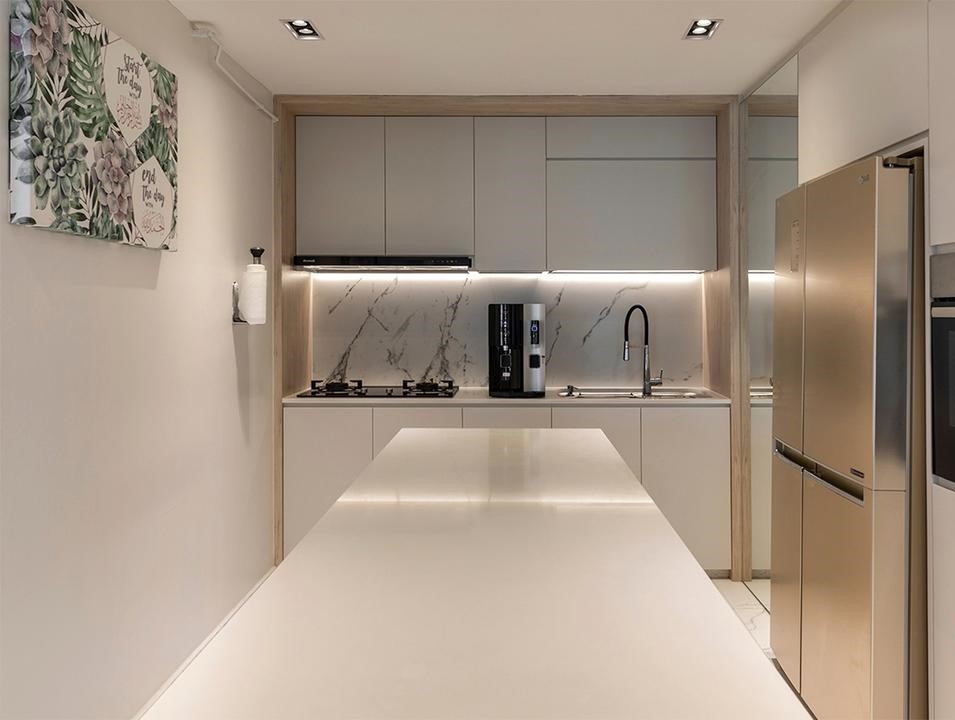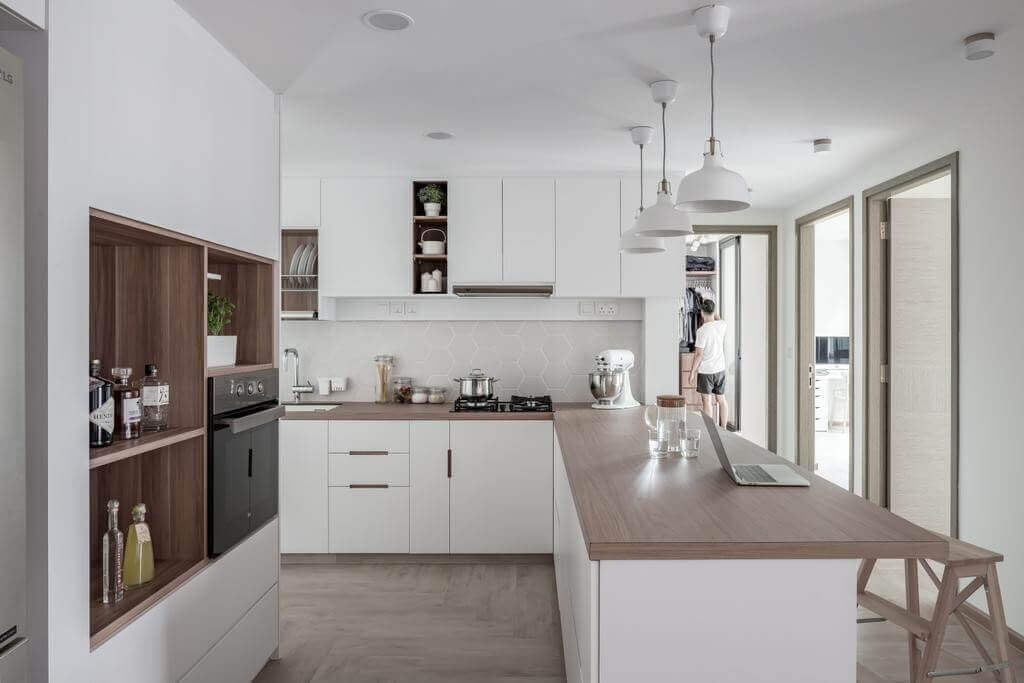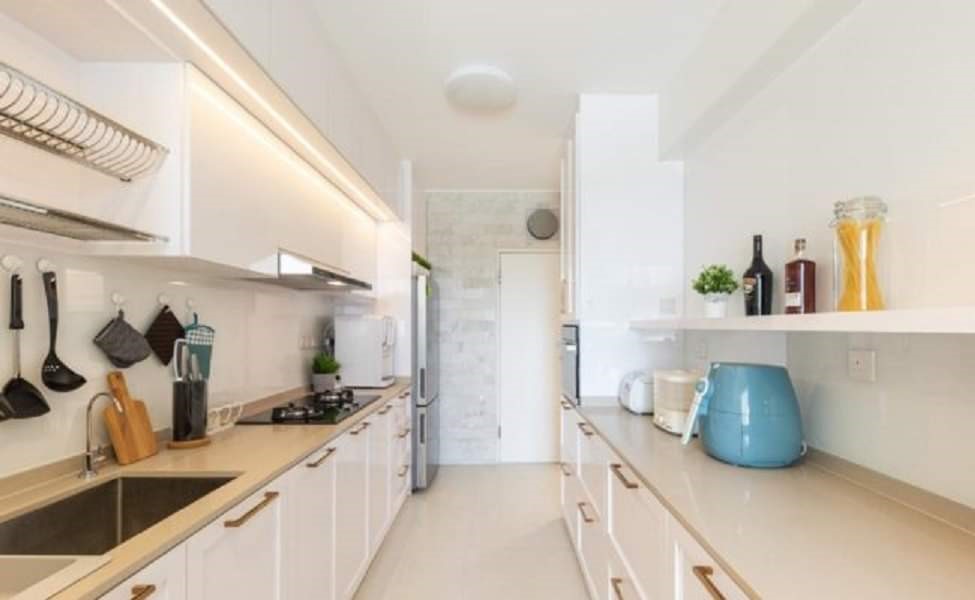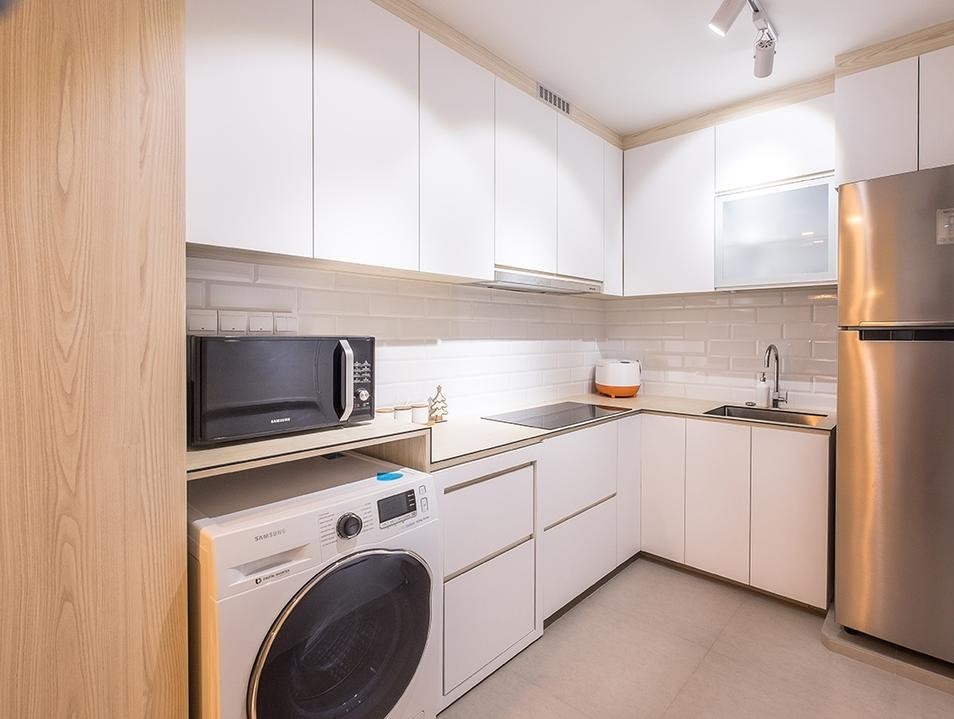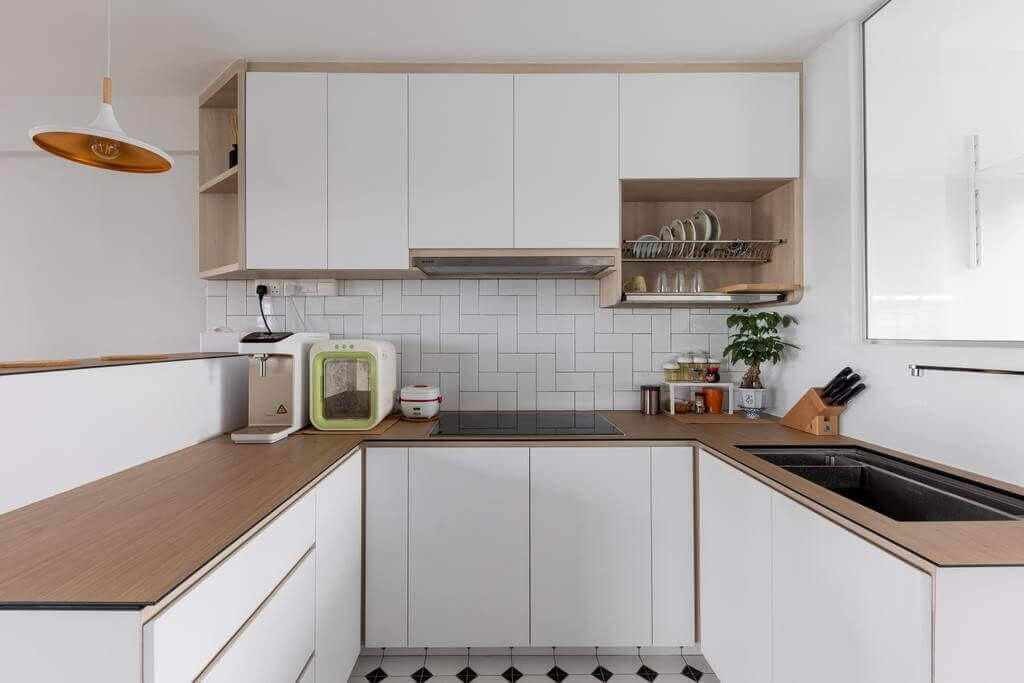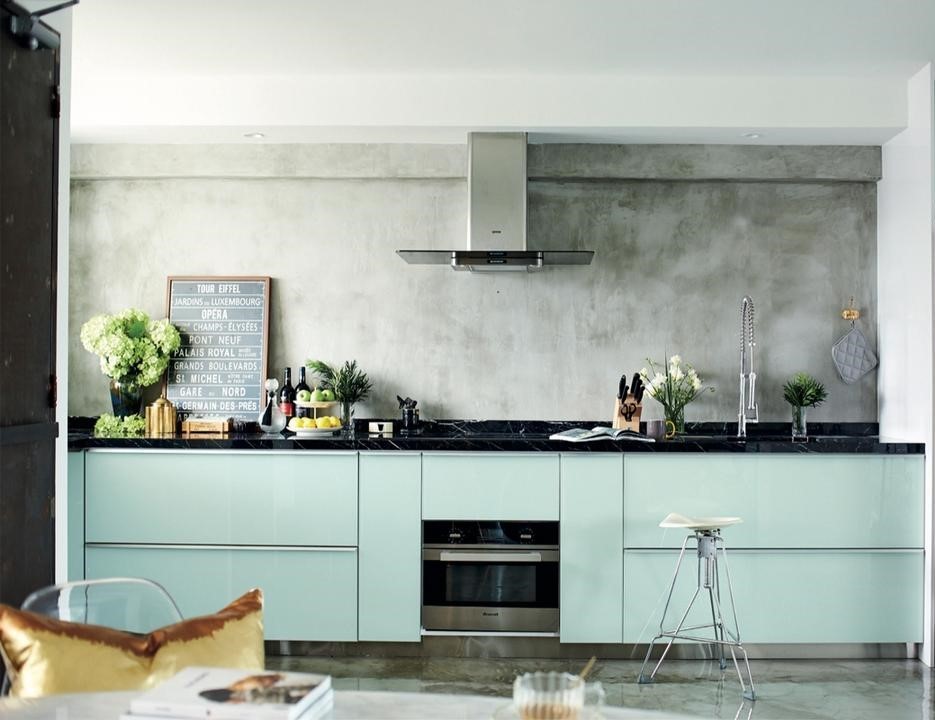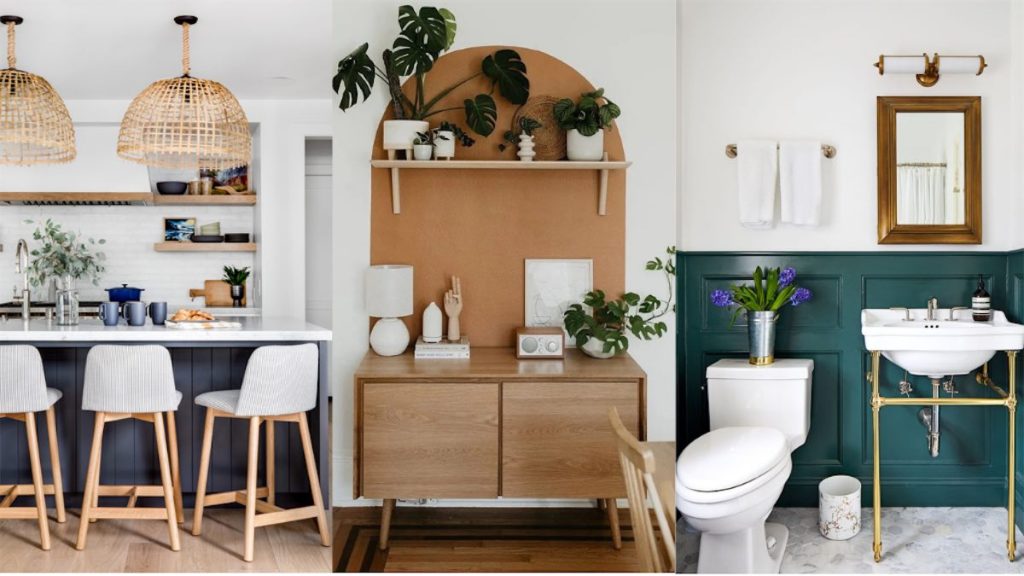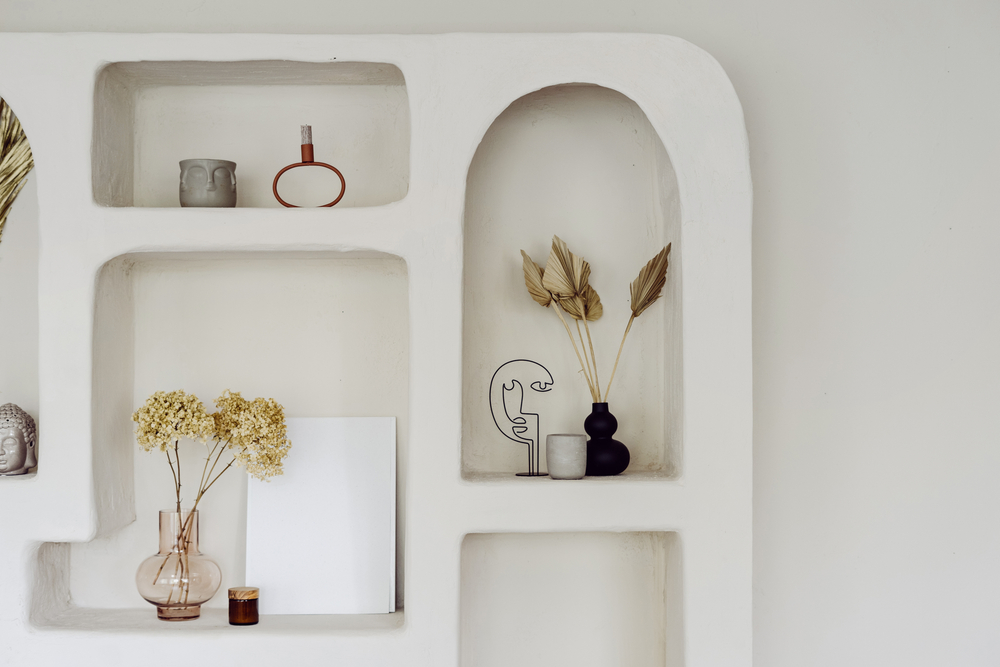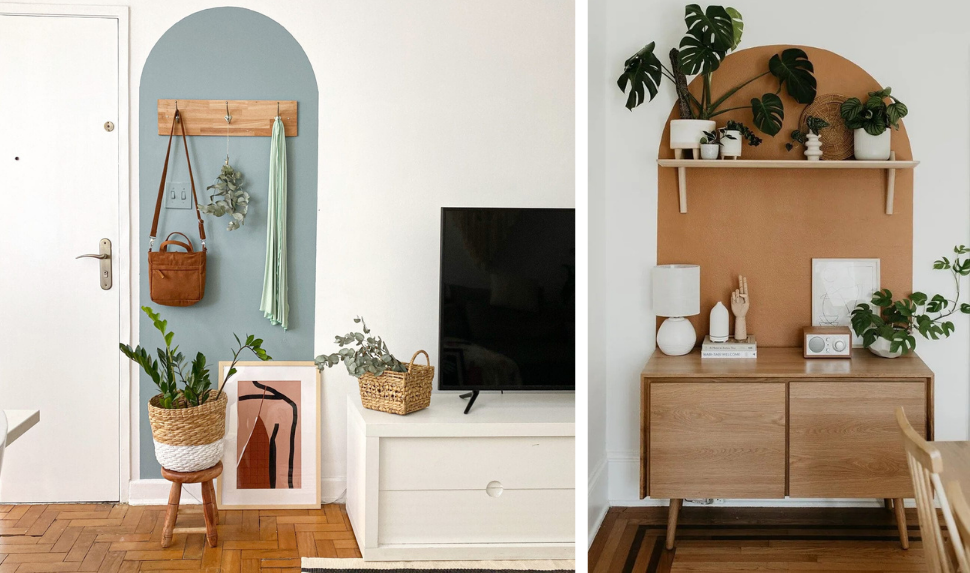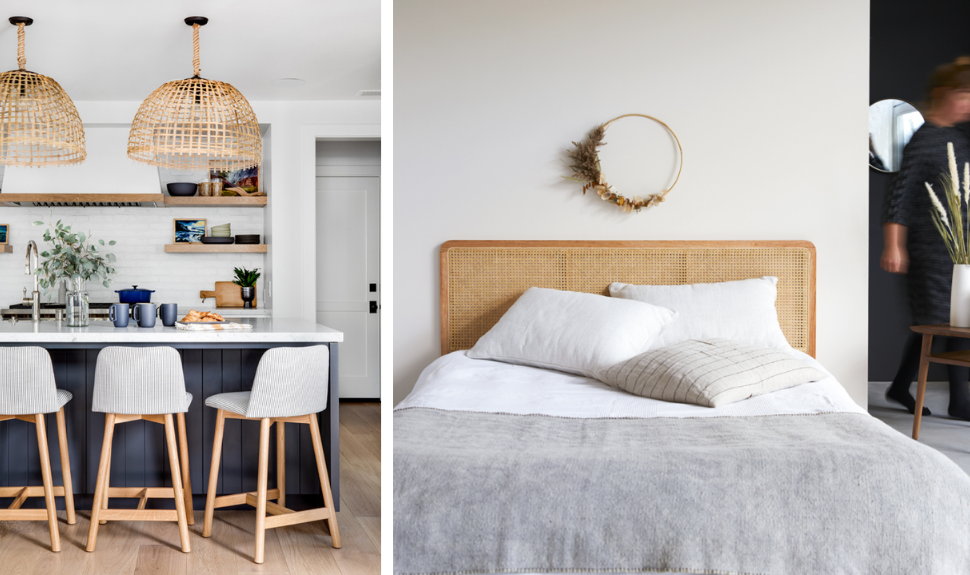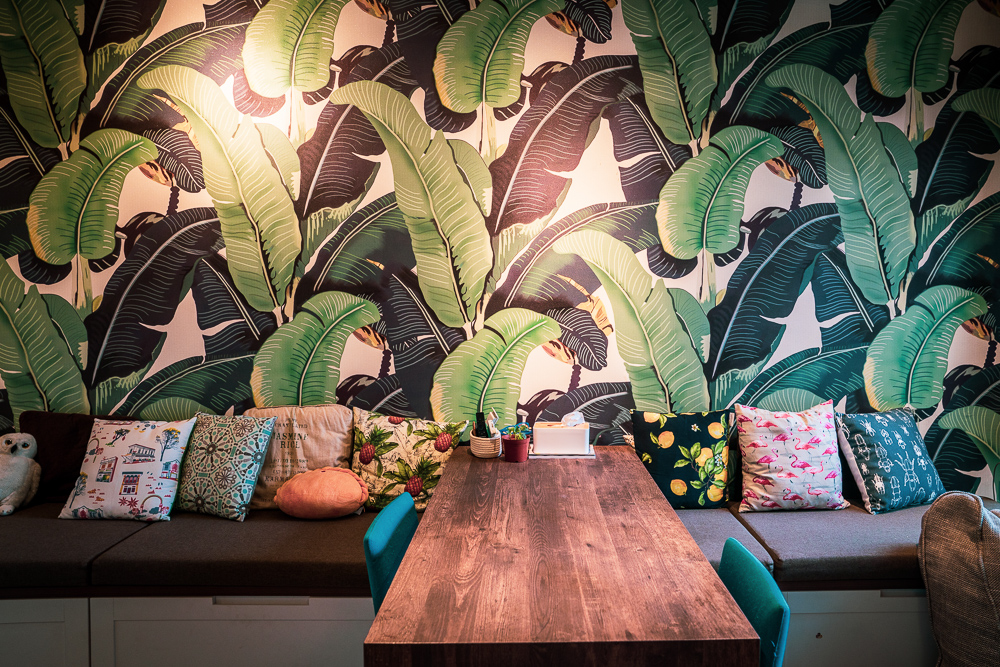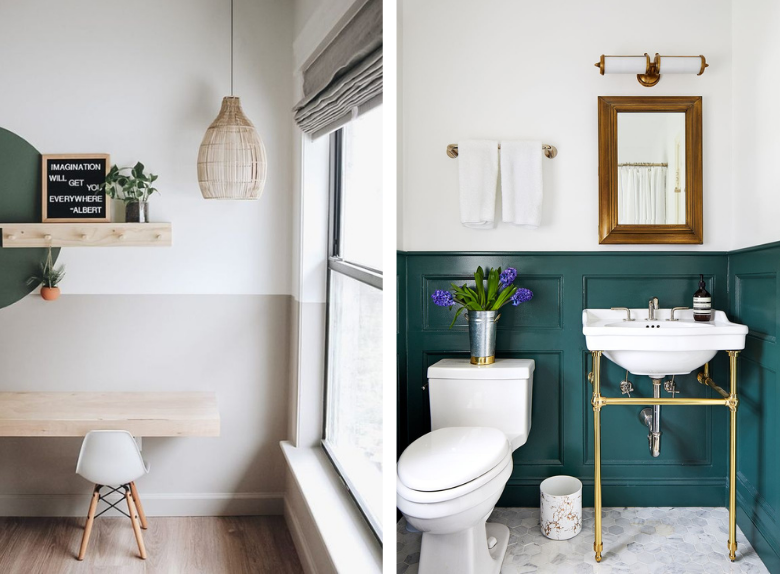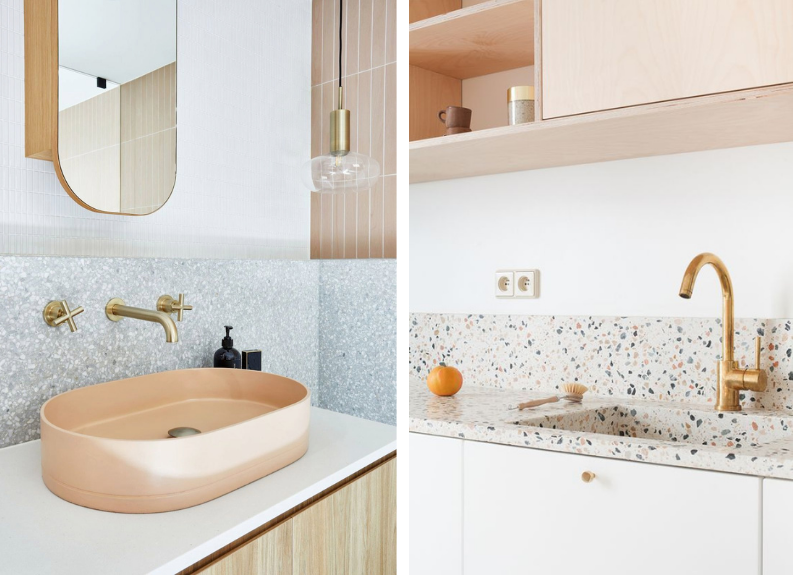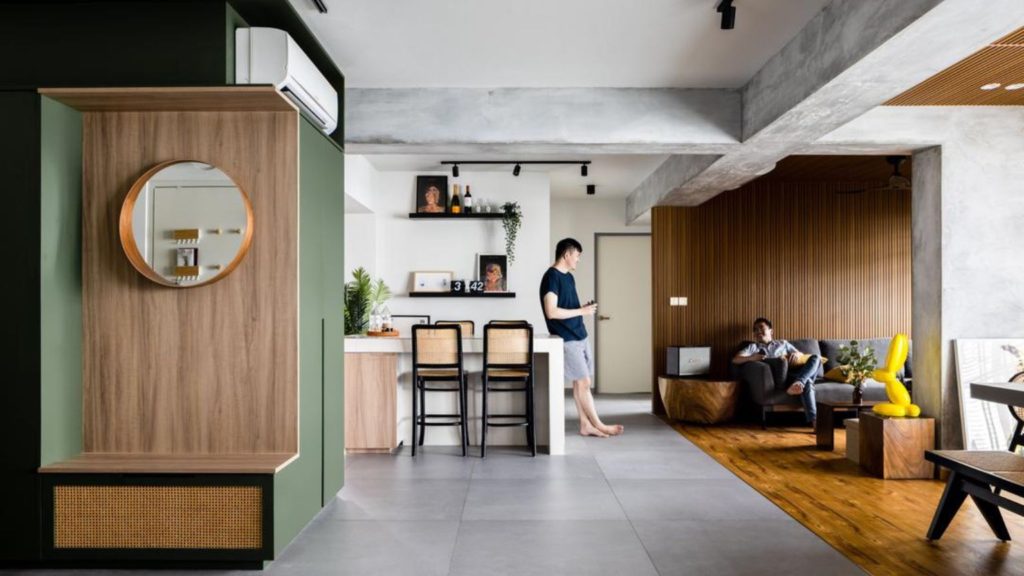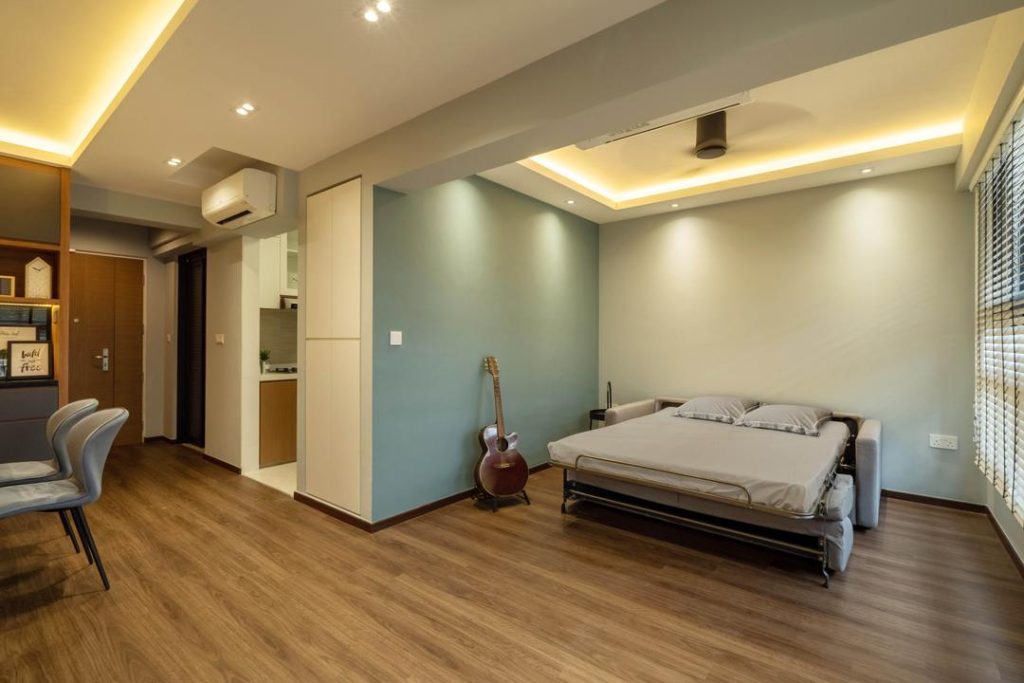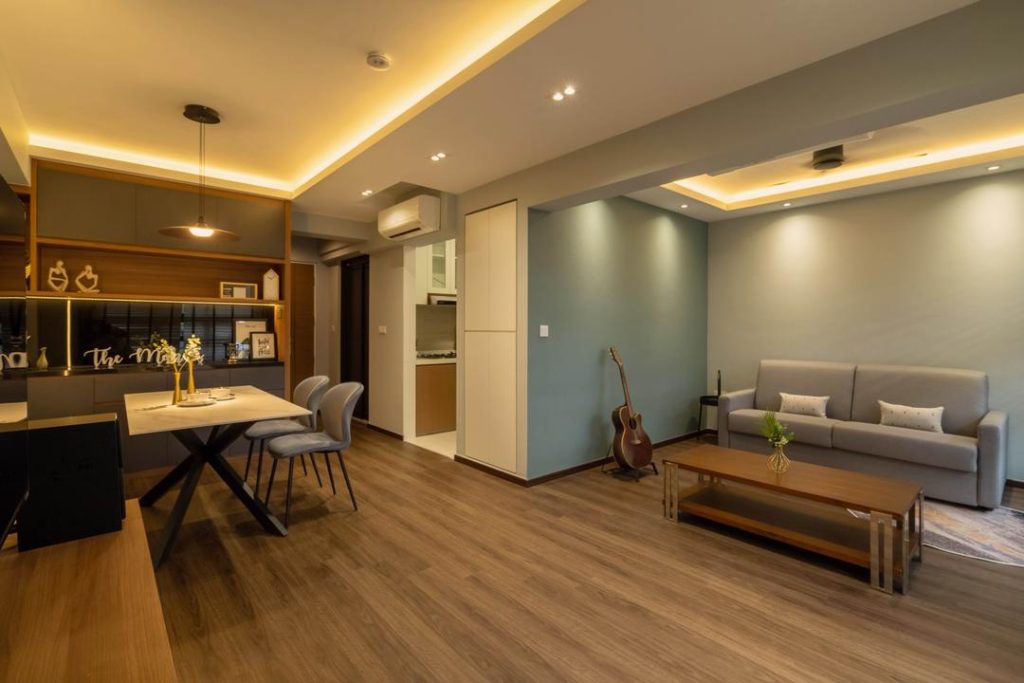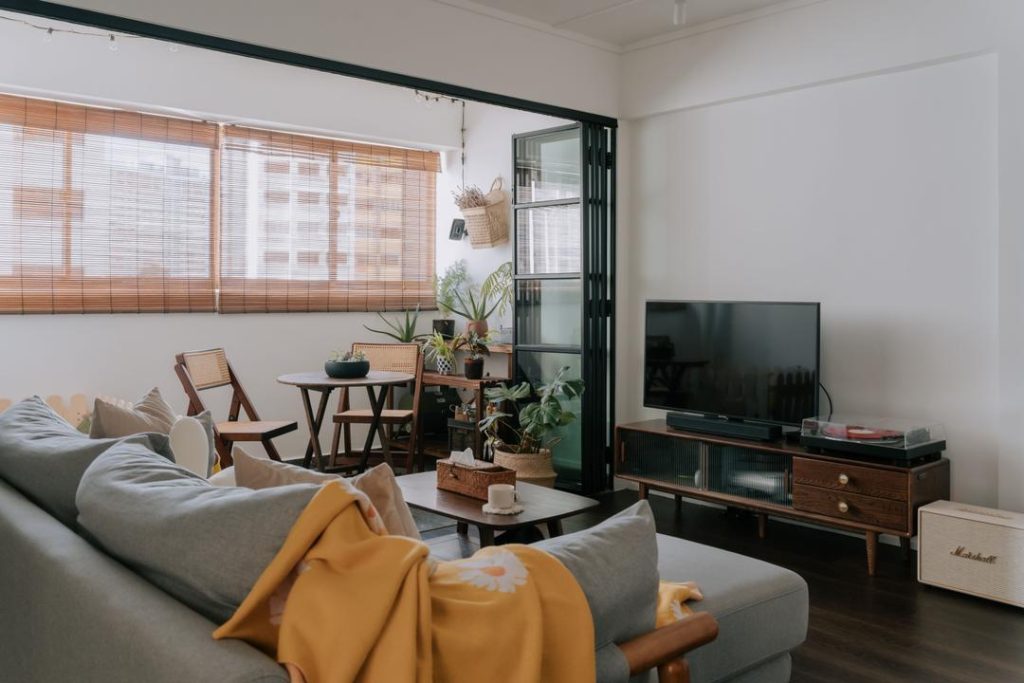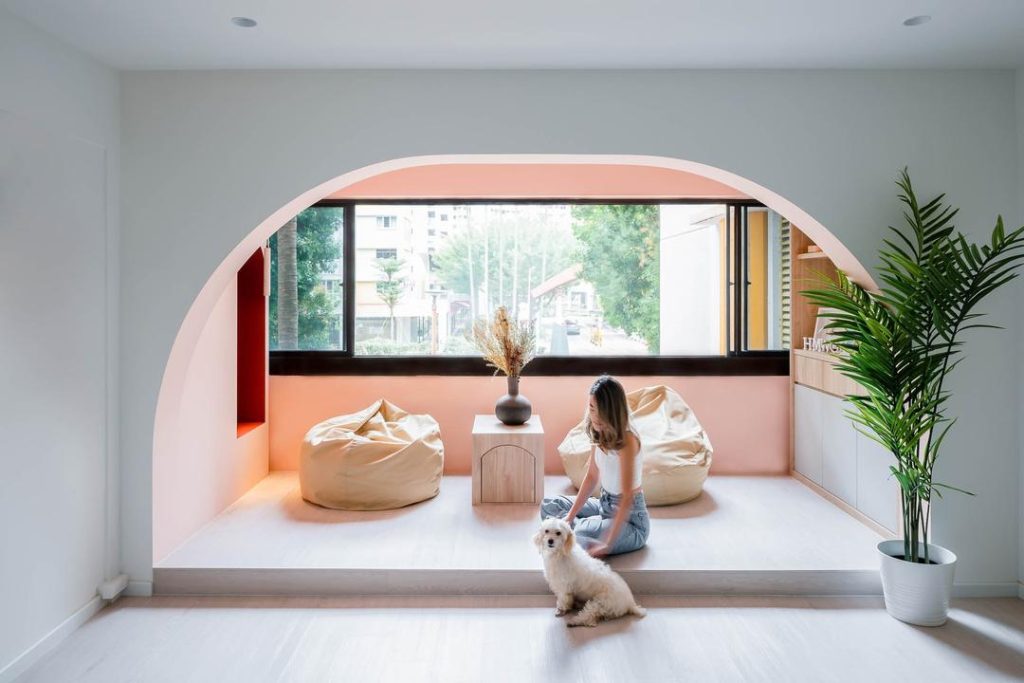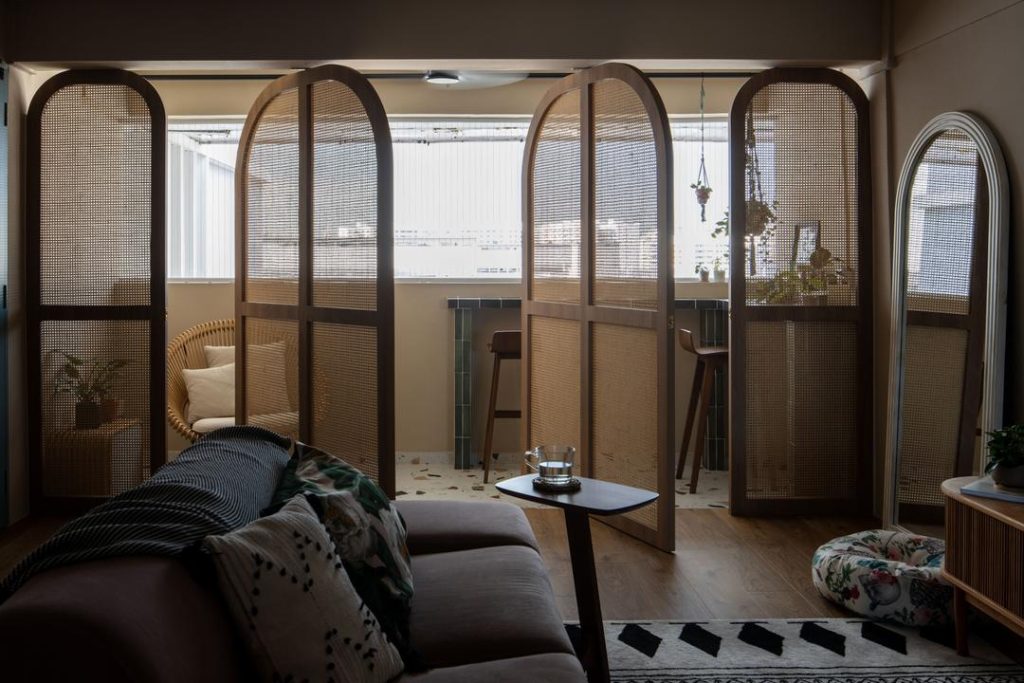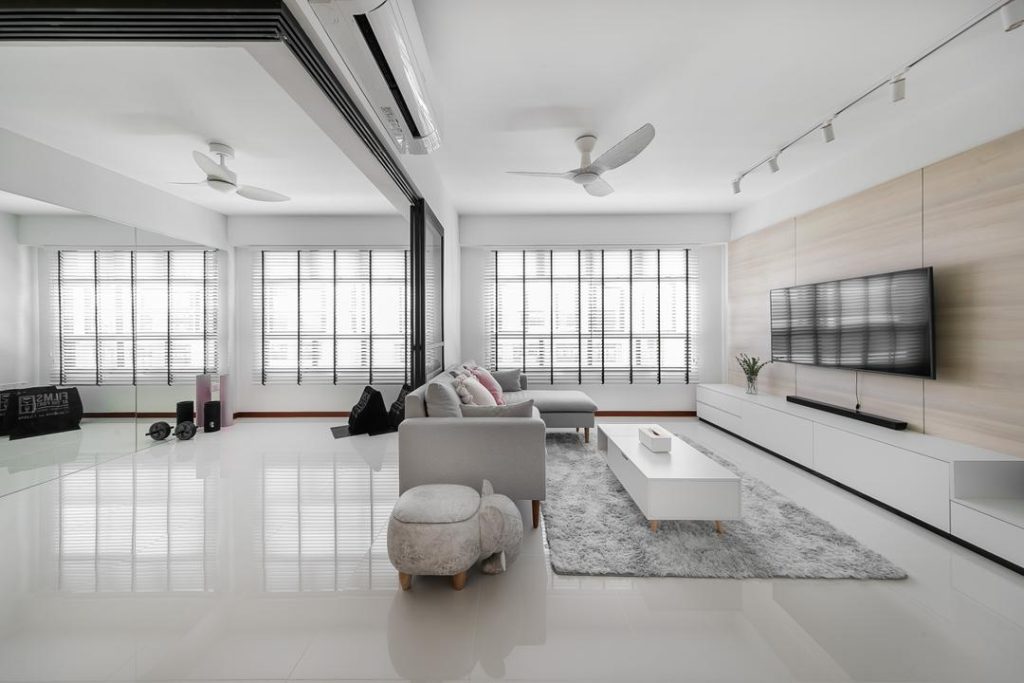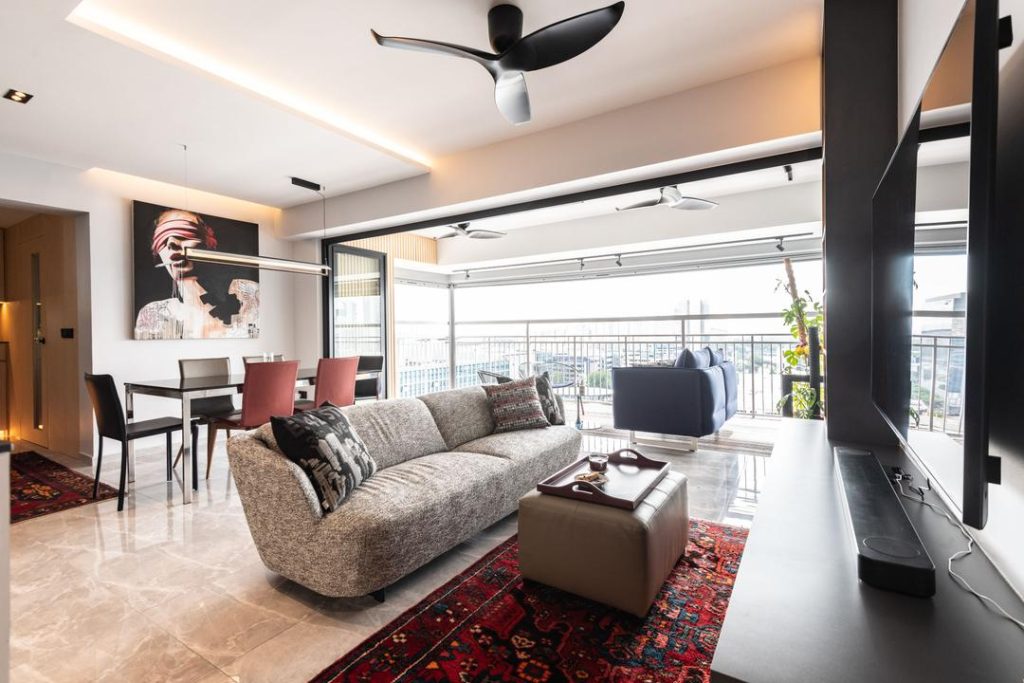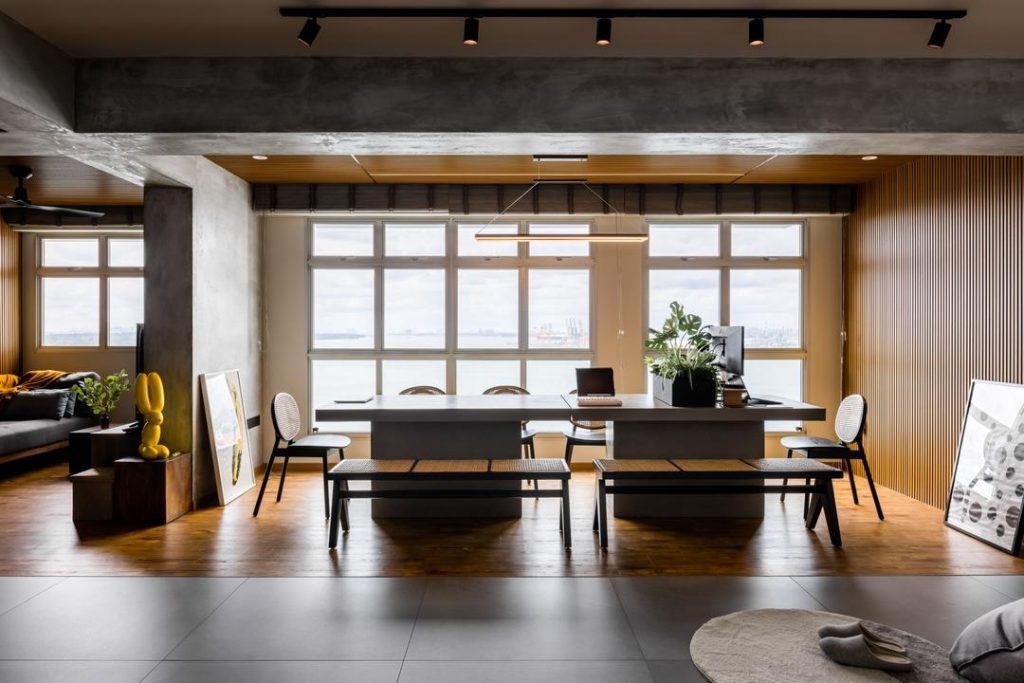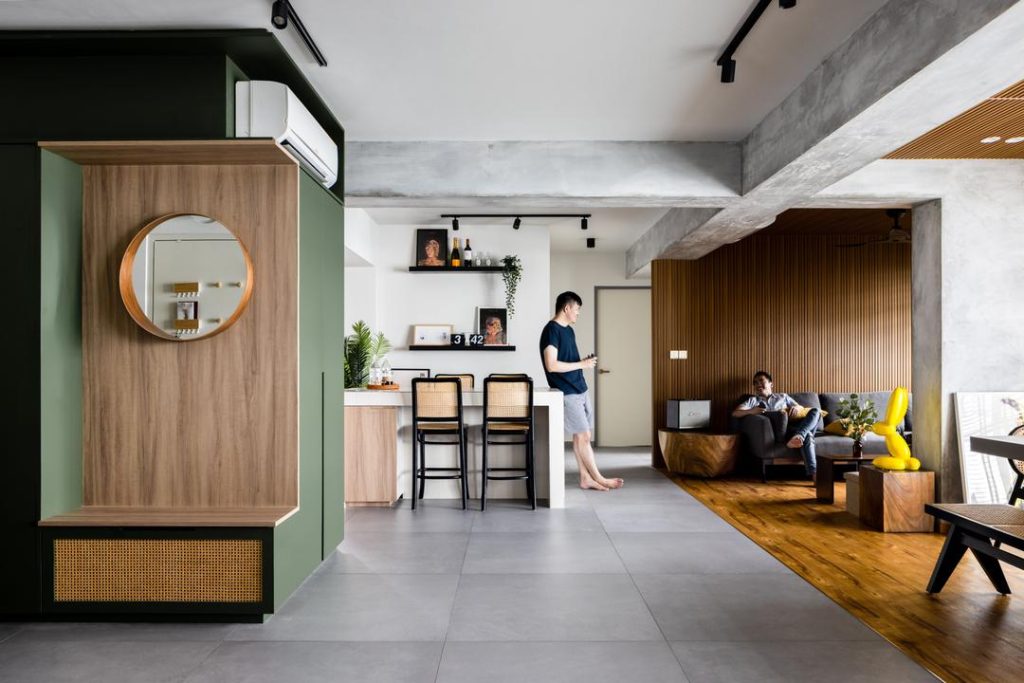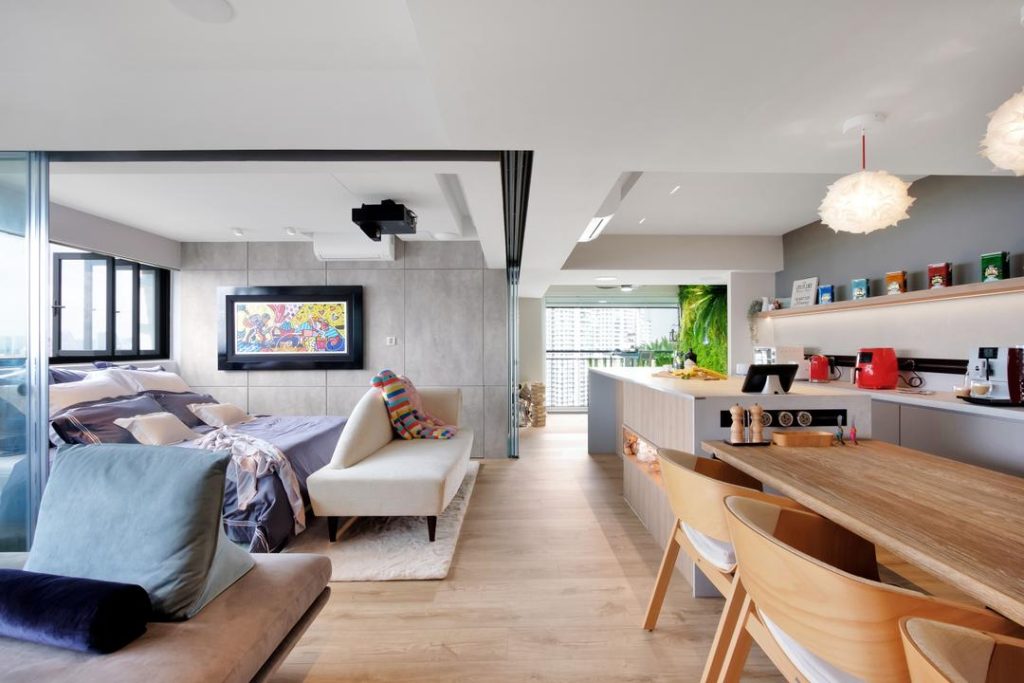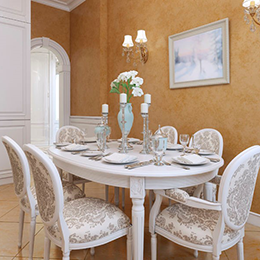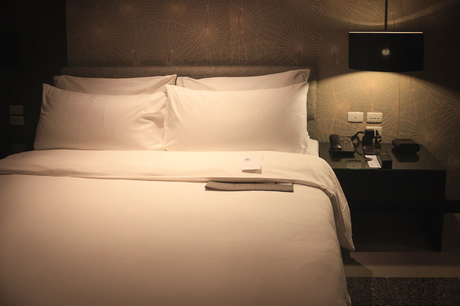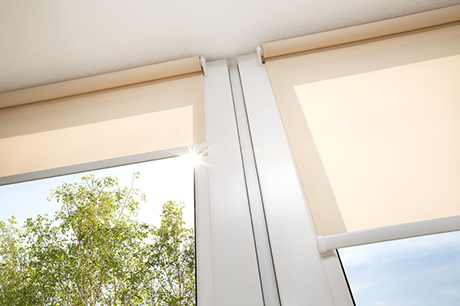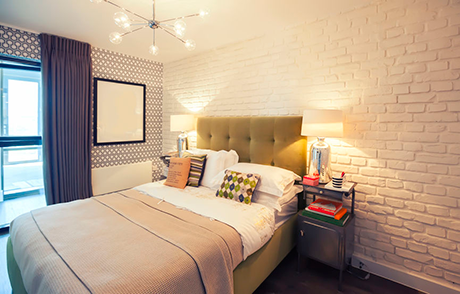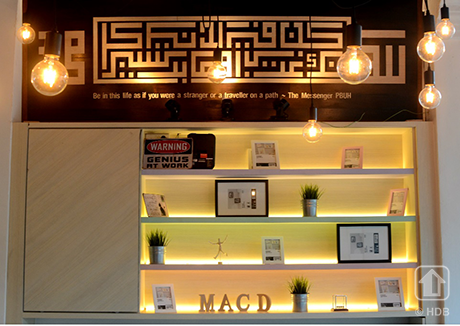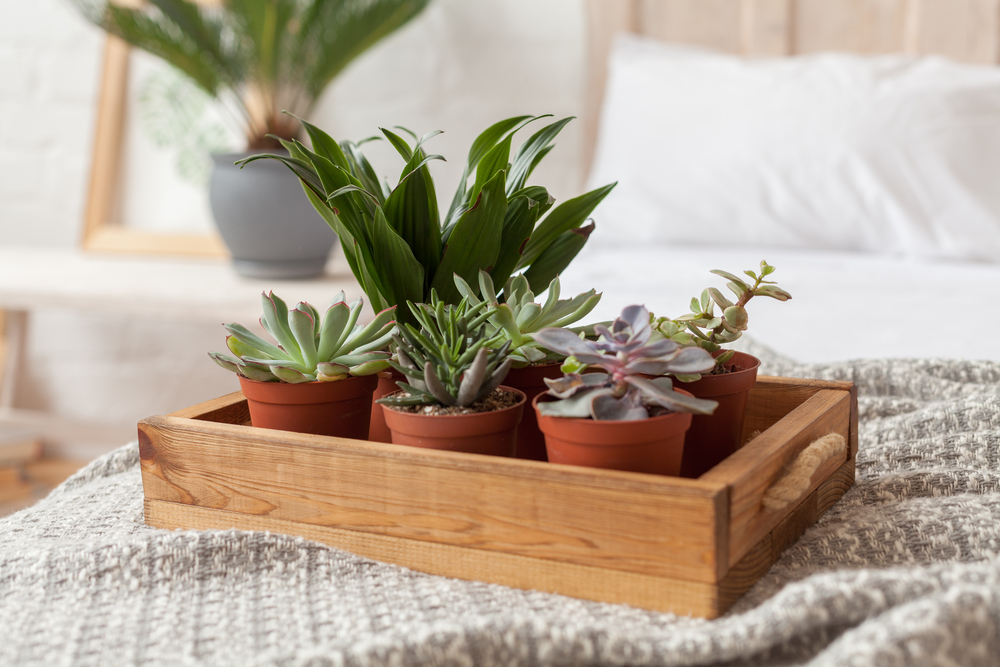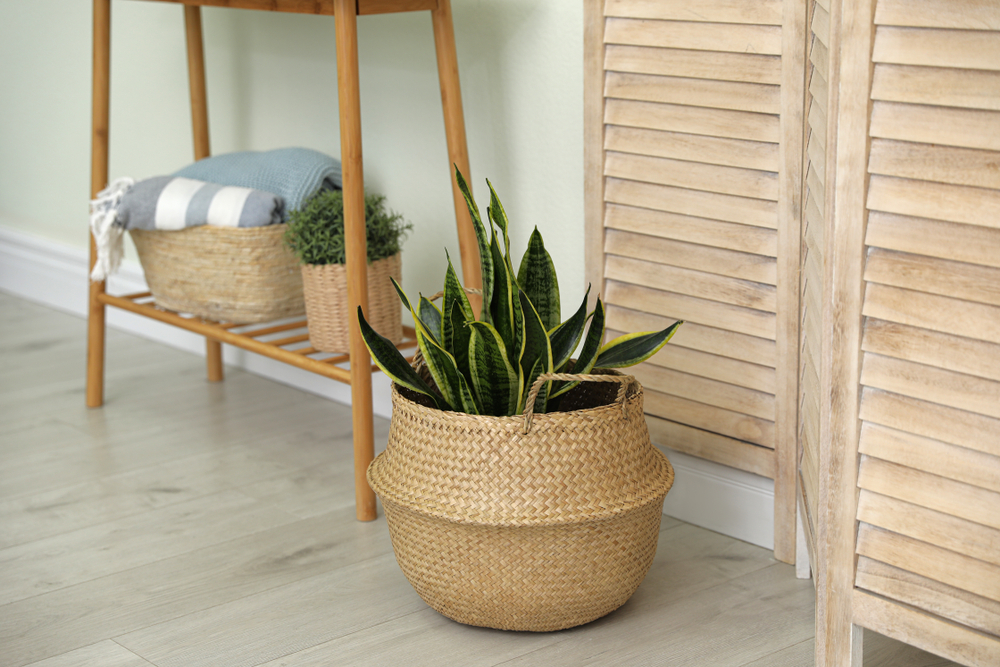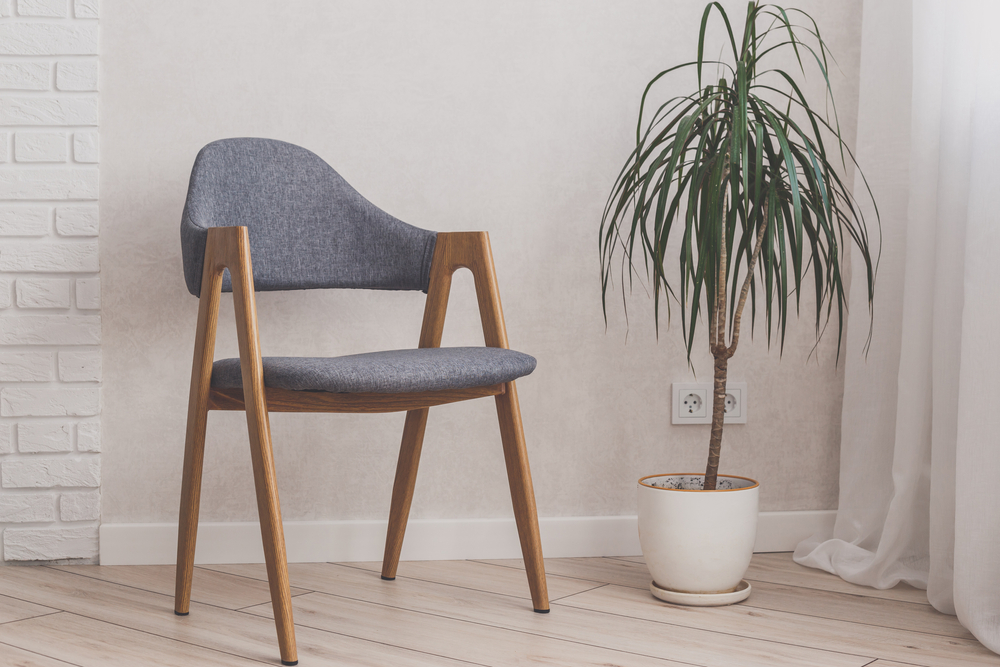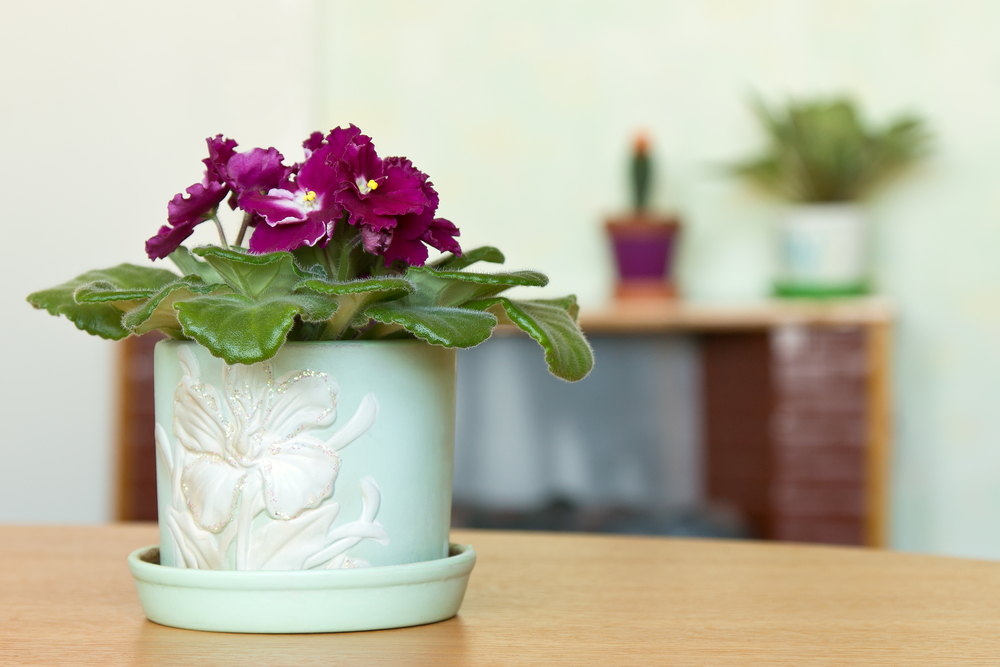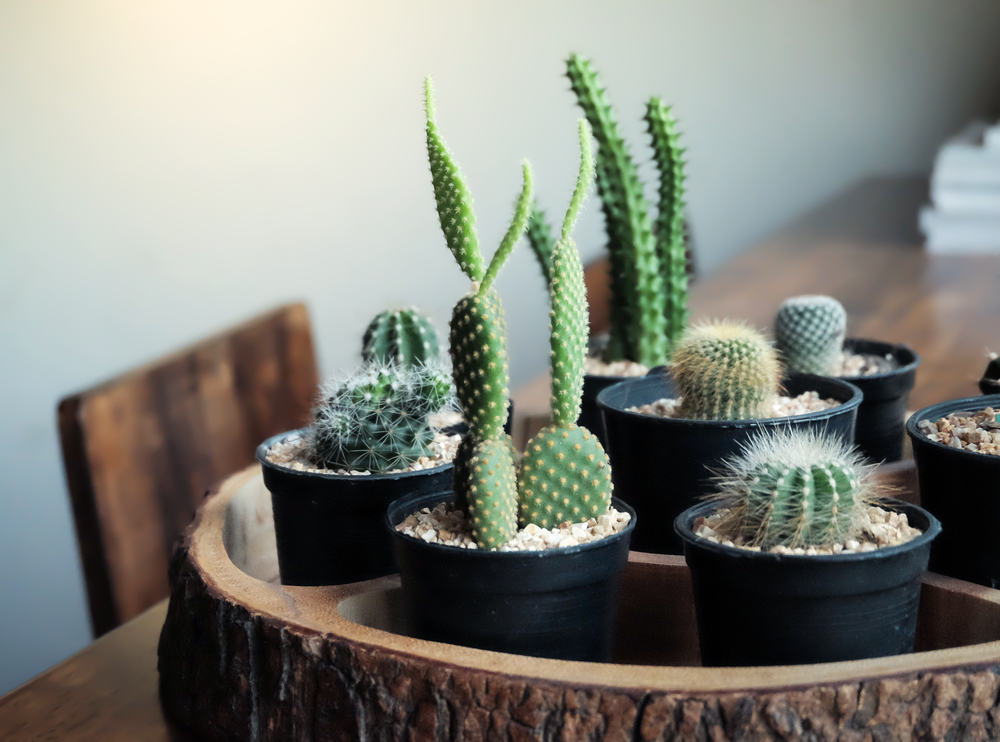Fun & Functional Kitchen Island Ideas for Your HDB Flat
Fun & Functional Kitchen Island Ideas for Your HDB Flat
With the versatility and aesthetics that a beautiful kitchen island provides, it’s little wonder why most home owners dream of having one in their new home. Here’s a list of our recommended kitchen island types for your HDB home!
Make a Design Statement
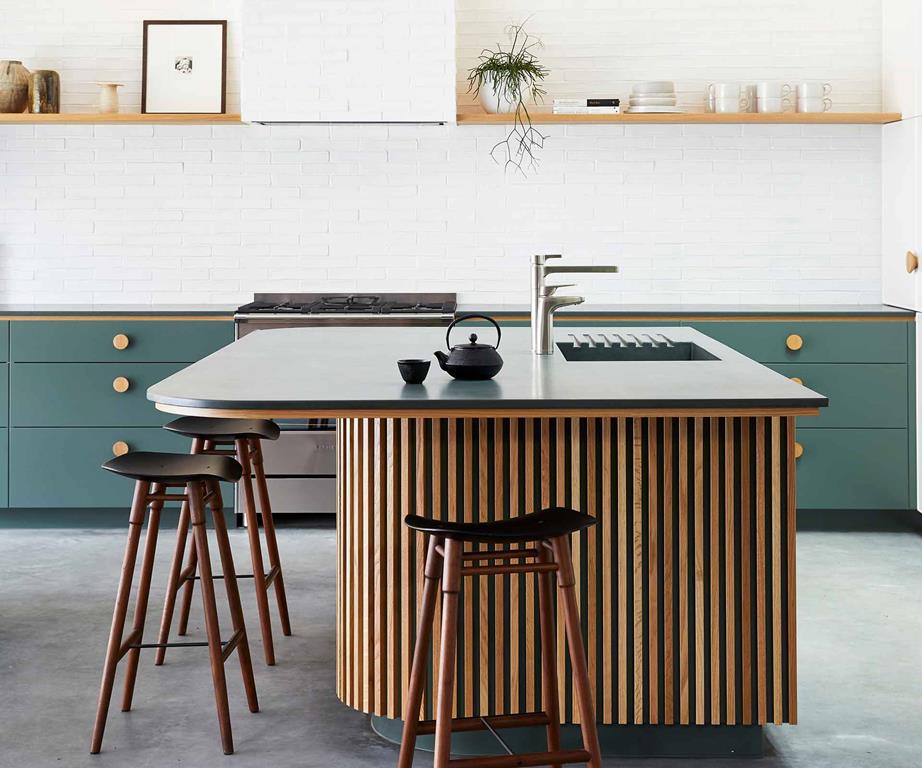
A standalone island can be an interesting focal point in your kitchen, with the use of contrasting colours and materials to help it stand out. Decorate with key pieces and keep it clutter-free for maximum visual appeal.
Dining that Sets the Bar
By extending your countertop and adding bar seating, you can combine your kitchen island with your dining table to save space. This layout offers plenty of flexible options – use the area to work, for quick meals or even extra seating when guests come over. It’s also the perfect hang out spot for the whole family as you prepare and enjoy your meals!
Divide and Conquer
If you’re looking to separate your dry and wet kitchens, consider having an island to act as a divider between the dry kitchen and your living room. You might even be able to incorporate a utility sink in the divider. This way, you’ll always have a washing area as you prepare your morning coffee or a mid-day snack.
Workstation on Wheels
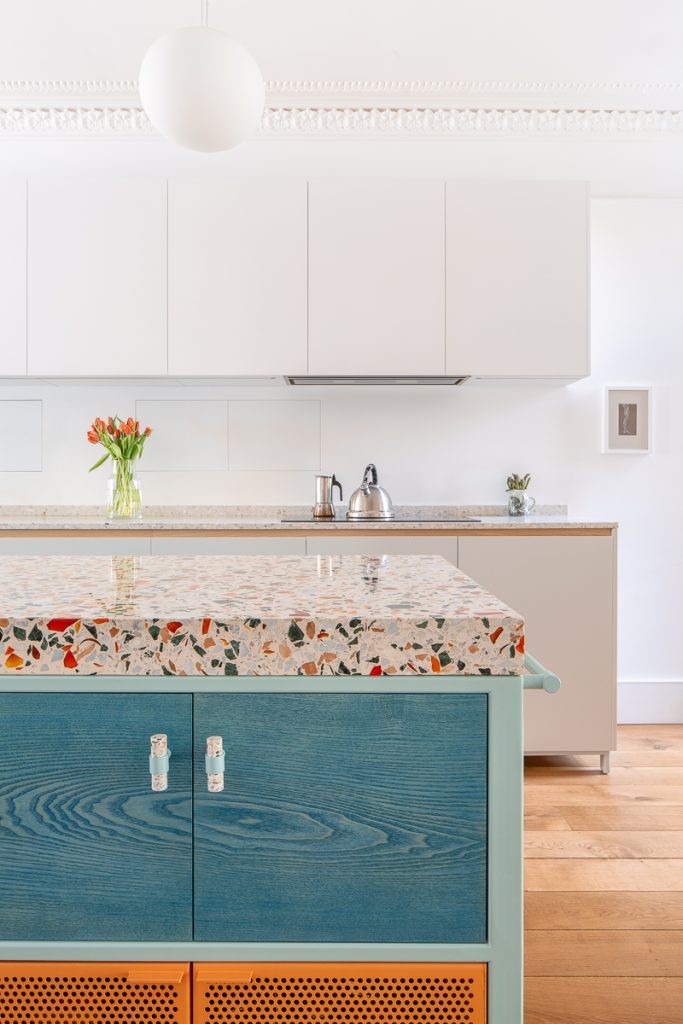
A kitchen trolley is a smart solution, offering extra utility space for cooking or even entertaining. You’ll have ingredients and materials within easy reach, and you can serve out a big meal from the kitchen to the dining area by wheeling it out. Plus, it can be easily put away to create a bigger communal space for hosting purposes.
Storage Island
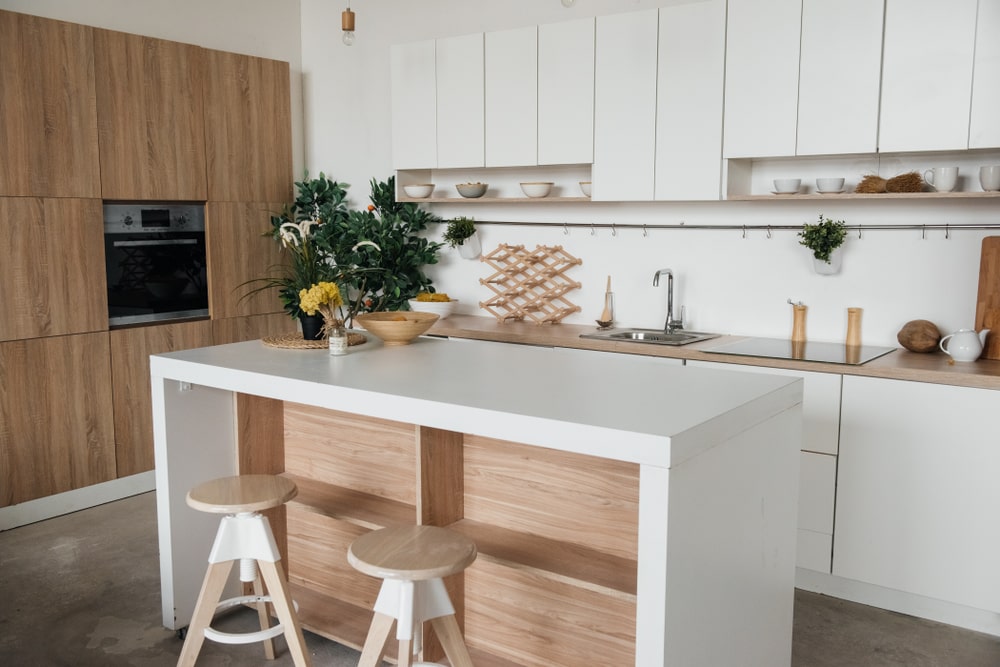
Storage is always welcome in extra doses. Building them into the kitchen island means more space for your ceramics collection and quicker access to them! For some out-of-the-box ideas, consider a wine rack cabinet or even a mini bookshelf for your culinary reads.
Source: mynicehome.gov.sg


